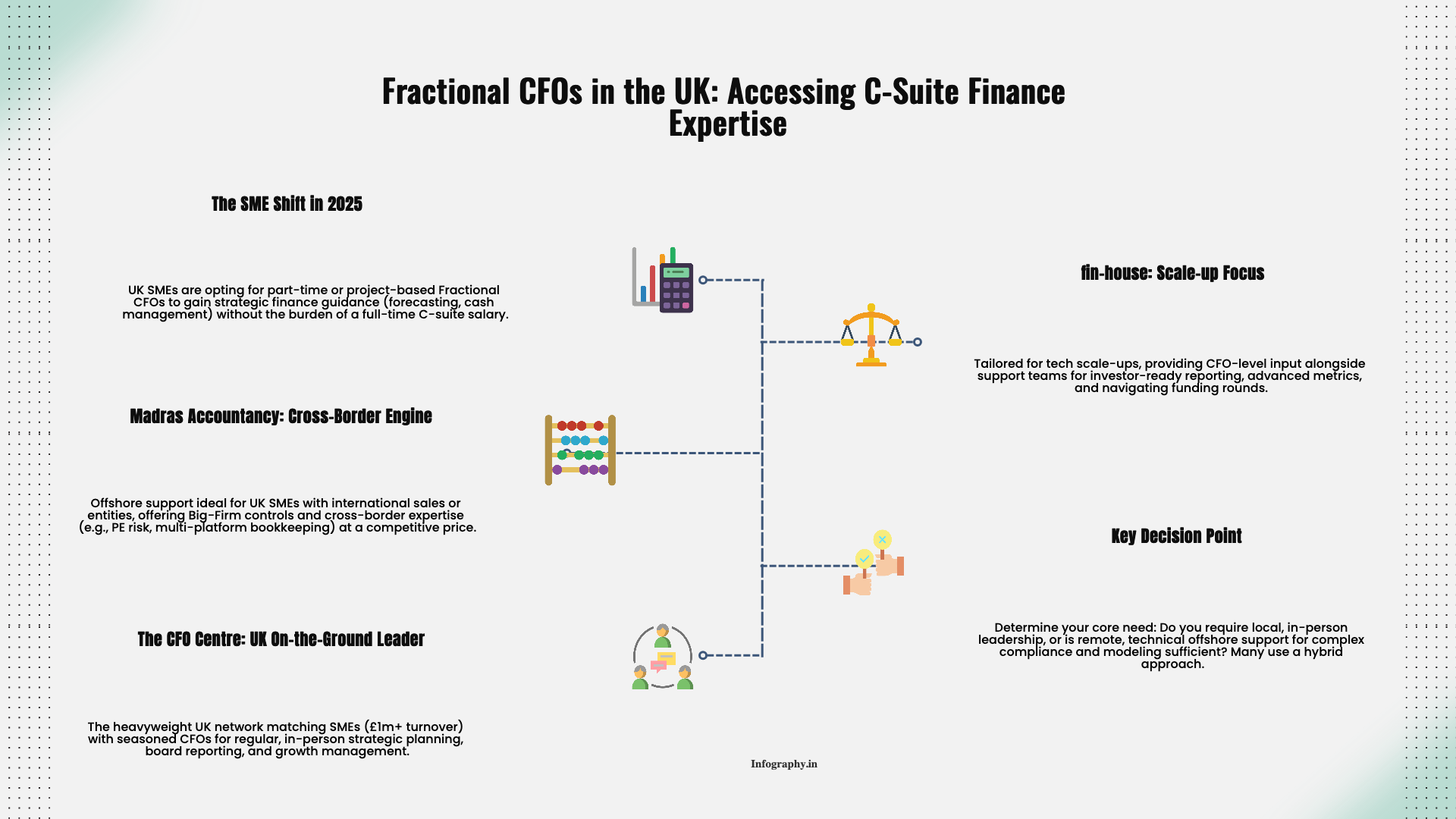Many landlords spend years focused on acquisitions, rent increases, and renovations, only to treat the eventual exit as an afterthought. When they finally decide to sell, the combination of capital gains tax, depreciation recapture, state taxes, and the net investment income tax can easily claim 30–40% of the equity they spent decades building.
A thoughtful exit strategy does not remove taxes entirely, but it can soften their impact and reshape how and when cash returns to you. The menu of options is broader than simply "sell and pay the bill."
Before comparing technical strategies, it helps to get clear on what you want the exit to accomplish. For example:
Different approaches favor different goals. Naming those early keeps you from chasing structures that look clever on paper but do not fit the life you actually want.
For landlords who want to step away from active management but continue deferring tax, Delaware Statutory Trusts can act as a kind of "retirement 1031." In a DST, many investors own fractional interests in large, professionally managed properties—such as apartment complexes or distribution centers—sponsored by institutional managers.
When you sell a property and complete a 1031 exchange into a DST:
DSTs are not for everyone. They require careful due diligence on the sponsor and underlying assets, and they are generally best suited to investors who value simplicity and predictable cash flow over control.
In an installment sale (seller financing), you sell the property but receive the price over time rather than all at once. The tax rules allow you to recognize gain as you receive principal payments, which can spread federal and state tax across many years.
Benefits include:
Risks include buyer default and inflation eroding the real value of fixed payments. It is also important to remember that depreciation recapture is generally triggered in the first year, even if cash proceeds are spread out, so the initial year's tax bill may still be significant.
If you have already sold a property and missed the 1031 exchange window, Qualified Opportunity Funds (QOFs) offer a different form of deferral and potential tax-free growth. By investing eligible capital gains into a QOF within the required period, you defer tax on that gain until a statutory date and may avoid tax on appreciation inside the fund if you hold long enough.
Compared to traditional exchanges:
Opportunity Zone investing comes with its own timelines and risks. It can work well for investors comfortable with illiquid, long-term commitments who want to pivot out of hands-on property management. For more on opportunity zone tax benefits, see our guide.
For landlords with charitable goals, Charitable Remainder Trusts (CRTs) can combine giving with income and tax planning. In a typical arrangement, you transfer appreciated property to a CRT, which then sells the asset without immediate capital gains tax.
In return, you receive:
CRTs are not purely tax-driven structures; they are tools for aligning personal values with financial transitions. They require careful drafting and long-term commitment, but for the right owners they can help turn an exit into both income and impact.
You do not have to liquidate an entire portfolio at once. Spreading sales across multiple years can:
A phased approach might involve selling one or two properties per year, prioritizing those with the least future potential or highest management burden. You can combine this with other tools—such as occasional exchanges or targeted refinancing—to balance liquidity and tax outcomes.
Exit planning for landlords sits at the intersection of tax, legal structure, cash flow, and family considerations. No single strategy fits every portfolio. The most useful conversations usually start with a simple inventory of objectives, constraints, and timelines, followed by modeling how different options would affect after-tax proceeds and ongoing income.
Starting that work two to five years before you plan to exit gives you the widest range of choices. Waiting until after you accept an offer narrows the field to whatever can be implemented quickly, which often means leaving value on the table.
Whether you ultimately choose to exchange, sell on installment, donate, or simply sell and redeploy capital elsewhere, the common thread is intentionality. Treating your exit with the same care you brought to acquisitions is what turns years of landlord work into the outcome you actually want. For more on exit strategy modeling, see our comprehensive guide.
.png)
December 9, 2025
A straight-talking overview of five small business tax prep options in 2025, including Madras Accountancy, TurboTax, H&R Block, TaxSlayer, and Bench’s books-plus-tax model.

December 9, 2025
An on-the-ground guide to the UK’s fractional CFO ecosystem – London and beyond – including The CFO Centre, fin-house, FD Capital, BKL, BSmart, and how Madras Accountancy fits into cross-border and hybrid models.